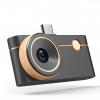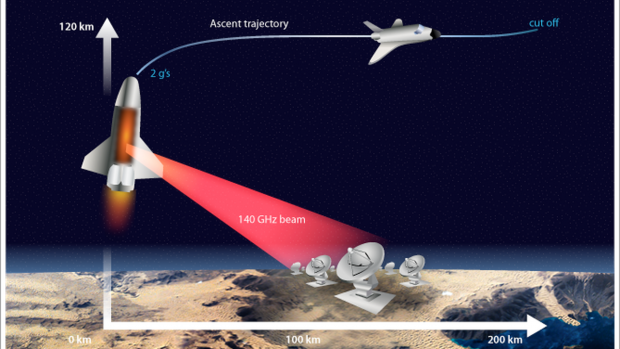
Breaking News
 Windows 10 is DEAD in 2025? -- Here's How I Run It SAFELY Forever (No Updates)
Windows 10 is DEAD in 2025? -- Here's How I Run It SAFELY Forever (No Updates)
 GENIUS ACT TRIGGERED: The Biggest BANK RUN in History is COMING – Prepare NOW
GENIUS ACT TRIGGERED: The Biggest BANK RUN in History is COMING – Prepare NOW
 European Billionaires Funneled $2 Billion into NGO Network to Fund Anti-Trump Protest Machine
European Billionaires Funneled $2 Billion into NGO Network to Fund Anti-Trump Protest Machine
 Japan Confirms Over 600,000 Citizens Killed by COVID mRNA 'Vaccines'
Japan Confirms Over 600,000 Citizens Killed by COVID mRNA 'Vaccines'
Top Tech News
 Japan just injected artificial blood into a human. No blood type needed. No refrigeration.
Japan just injected artificial blood into a human. No blood type needed. No refrigeration.
 The 6 Best LLM Tools To Run Models Locally
The 6 Best LLM Tools To Run Models Locally
 Testing My First Sodium-Ion Solar Battery
Testing My First Sodium-Ion Solar Battery
 A man once paralyzed from the waist down now stands on his own, not with machines or wires,...
A man once paralyzed from the waist down now stands on his own, not with machines or wires,...
 Review: Thumb-sized thermal camera turns your phone into a smart tool
Review: Thumb-sized thermal camera turns your phone into a smart tool
 Army To Bring Nuclear Microreactors To Its Bases By 2028
Army To Bring Nuclear Microreactors To Its Bases By 2028
 Nissan Says It's On Track For Solid-State Batteries That Double EV Range By 2028
Nissan Says It's On Track For Solid-State Batteries That Double EV Range By 2028
 Carbon based computers that run on iron
Carbon based computers that run on iron
 Russia flies strategic cruise missile propelled by a nuclear engine
Russia flies strategic cruise missile propelled by a nuclear engine
 100% Free AC & Heat from SOLAR! Airspool Mini Split AC from Santan Solar | Unboxing & Install
100% Free AC & Heat from SOLAR! Airspool Mini Split AC from Santan Solar | Unboxing & Install
Early Beamed Microwave-Powered Rocket Launches and Drone Power

This limitation could be overcome by wirelessly transmitting the needed power to the rocket through a beam of microwave radiation. A research team from Japan has investigated the viability of using such microwave-powered propulsion for real-world applications.
In a study published this month in the Journal of Spacecraft and Rockets, researchers led by the University of Tsukuba have demonstrated wireless power transmission via microwaves for a free-flying drone and determined the efficiency of this process.
Previous analyses of this kind were carried out decades ago and mostly considered microwaves of a low frequency (a few gigahertz; GHz). Given that the power transmission efficiency increases as the operating frequency is raised, the team behind this latest research used microwaves with a relatively high frequency (28 GHz). The team's drone weighed roughly 0.4 kilograms and hovered for 30 seconds at a height of 0.8 meters above the source of the microwave beam.
The researchers measured the efficiencies of the power transfer through the beam (4%), the capture of microwaves by the drone (30%), the conversion of microwaves to electricity for propulsion (40%), and other relevant processes. Based on this information and an analytical formula, they calculated the overall power transmission efficiency in their experiment to be 0.43%. For comparison, in a previous study, the team measured the total transmission efficiency for a fixed-position (rather than free-flying) drone to be 0.1%.
"These results show that more work is needed to improve the transmission efficiency and thoroughly evaluate the feasibility of this propulsion approach for aircraft, spacecraft, and rockets," explains Shimamura. "Future studies should also aim to refine the beam-tracking system and increase the transmission distance beyond that demonstrated in our experiment."
Although microwave-powered rocket propulsion is still in its early stages, it could someday become a superior way to launch rockets into orbit given the high onboard-fuel demands of conventional propulsion techniques.



